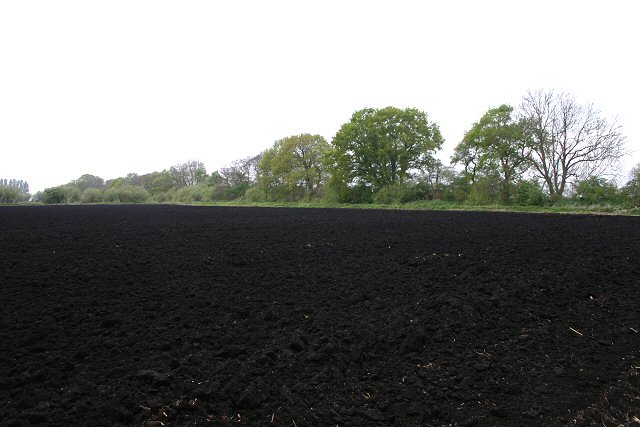
French Government Calls for Regenerative Ag to Sequester Excess Atmospheric Carbon in the Soil
Building on solid, scientific documentation and concrete actions on the ground, the “4‰ Initiative : soils for food security and climate” aims to show that food security and combating climate change are complementary and to ensure that agriculture provides solutions to climate change. This initiative consists of a voluntary action plan under the Lima Paris Agenda for Action (LPAA), backed up by a strong and ambitious research program.
September 23, 2015 | Source: Alim'agri | by
Building on solid, scientific documentation and concrete actions on the ground, the “4‰ Initiative : soils for food security and climate” aims to show that food security and combating climate change are complementary and to ensure that agriculture provides solutions to climate change. This initiative consists of a voluntary action plan under the Lima Paris Agenda for Action (LPAA), backed up by a strong and ambitious research program.
• Did you know?
A “4‰” annual growth rate of the soil carbon stock would make it possible to stop the present increase in atmospheric CO2. This growth rate is not a normative target for every country but is intended to show that even a small increase in the soil carbon stock (agricultural soils, notably grasslands and pas- tures, and forest soils) is crucial to improve soil fertility and agricultural production and to contribute to achieving the long-term objective of limiting the temperature increase to +1,5/2°C, threshold beyond which the IPCC indicates that the effects of climate change are significant. This initiative is intended to complement the necessary efforts to comprehensively reduce global greenhouse gas emissions.
Agricultural soils to ensure food security
One simple fact:
• Soil degradation poses a threat to more than 40% of the Earth’s land surfaces and climate change is accelerating this rate of soil degradation and threatening food security.
• Disastrous consequences for food security and family farmers.
Our capacity to feed 9.5 billion people in 2050 in a context of climate change will depend in particular on our ability to keep our soils alive. The health of soils, for which sufficient organic matter is the main indicator, strongly controls agricultural production. Stable and productive soils affect the resilience of farms to cope with the effects of climate change.
Primarily composed of carbon, the organic matter in soils plays a role in four important ecosystem services: resistance to soil erosion, soil water retention, soil fertility for plants and soil biodiversity. Even small changes of the soil carbon pool have tremendous effects both on agricultural productivity and on greenhouse gas balance.
Maintaining organic carbon-rich soils, restoring and improving degraded agricultural lands and, in general terms, increasing the soil carbon, play an important role in addressing the three-fold challenge of food security, adaptation of food systems and people to climate change, and the mitigation of anthropogenic emissions. To achieve this, concrete solutions do exist and need to be scaled up.
